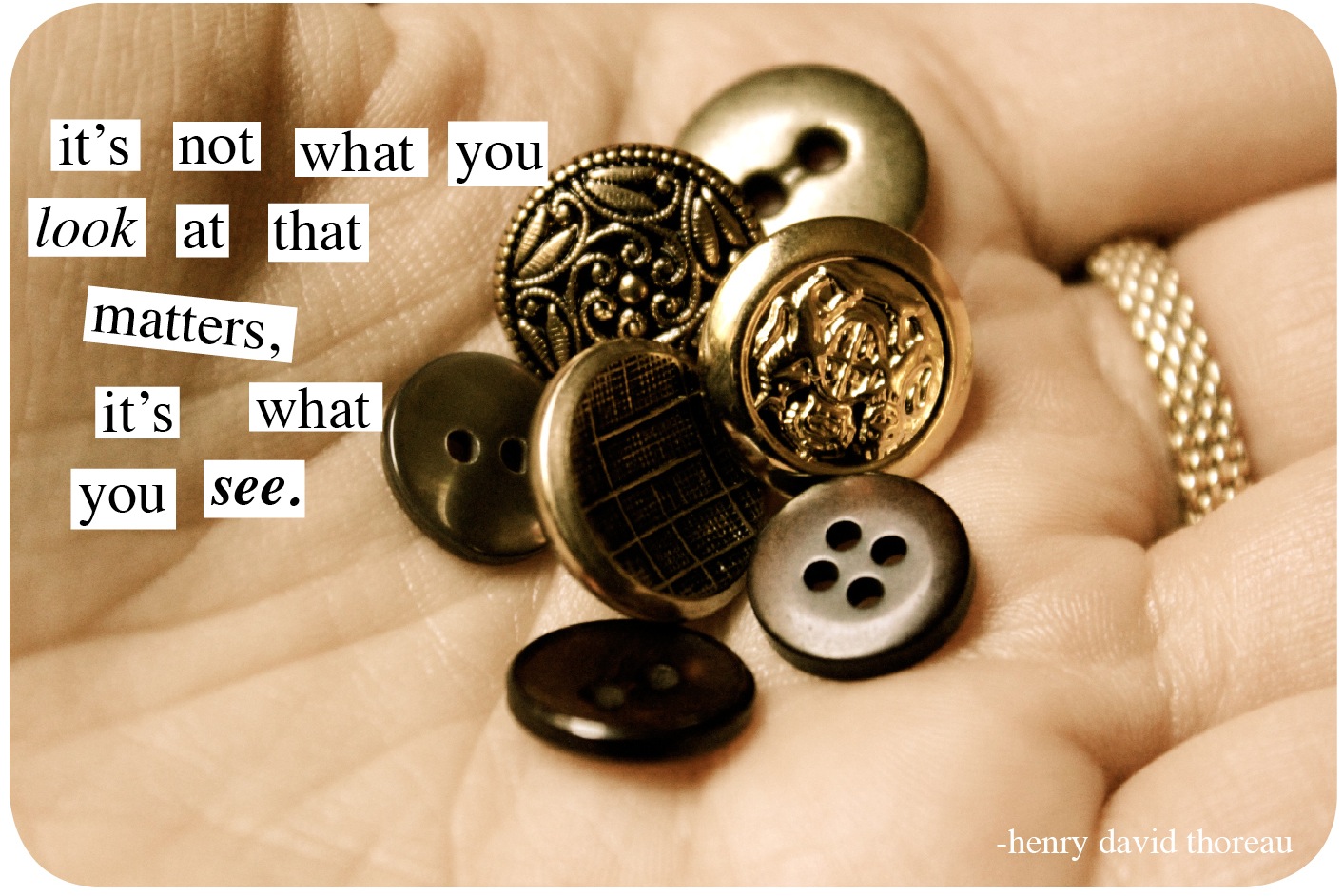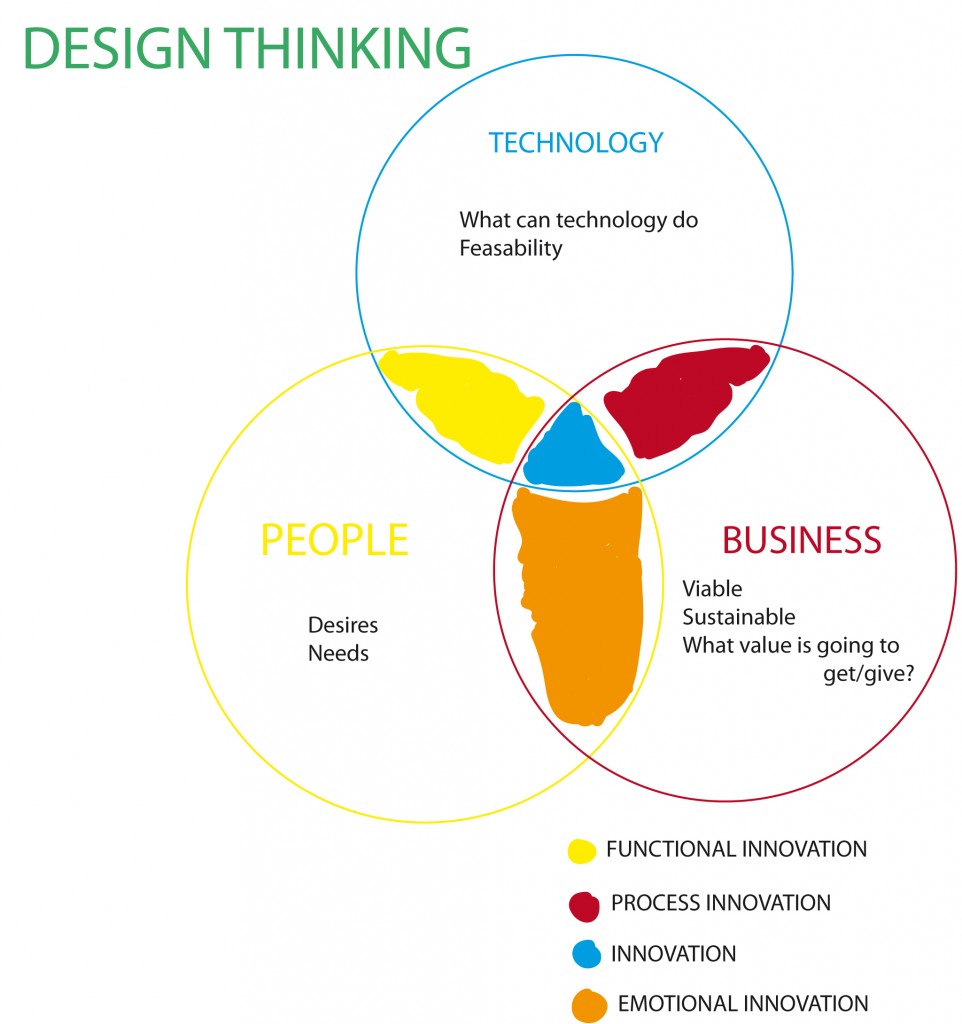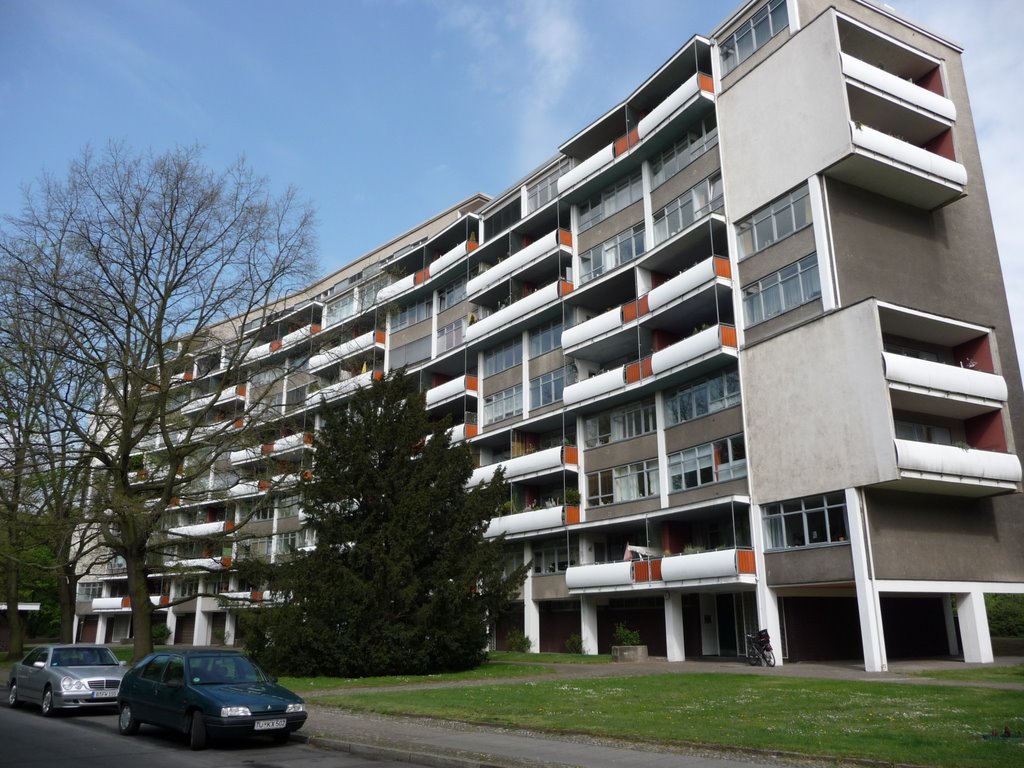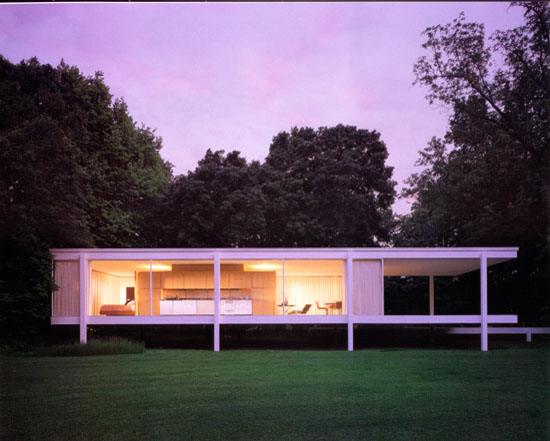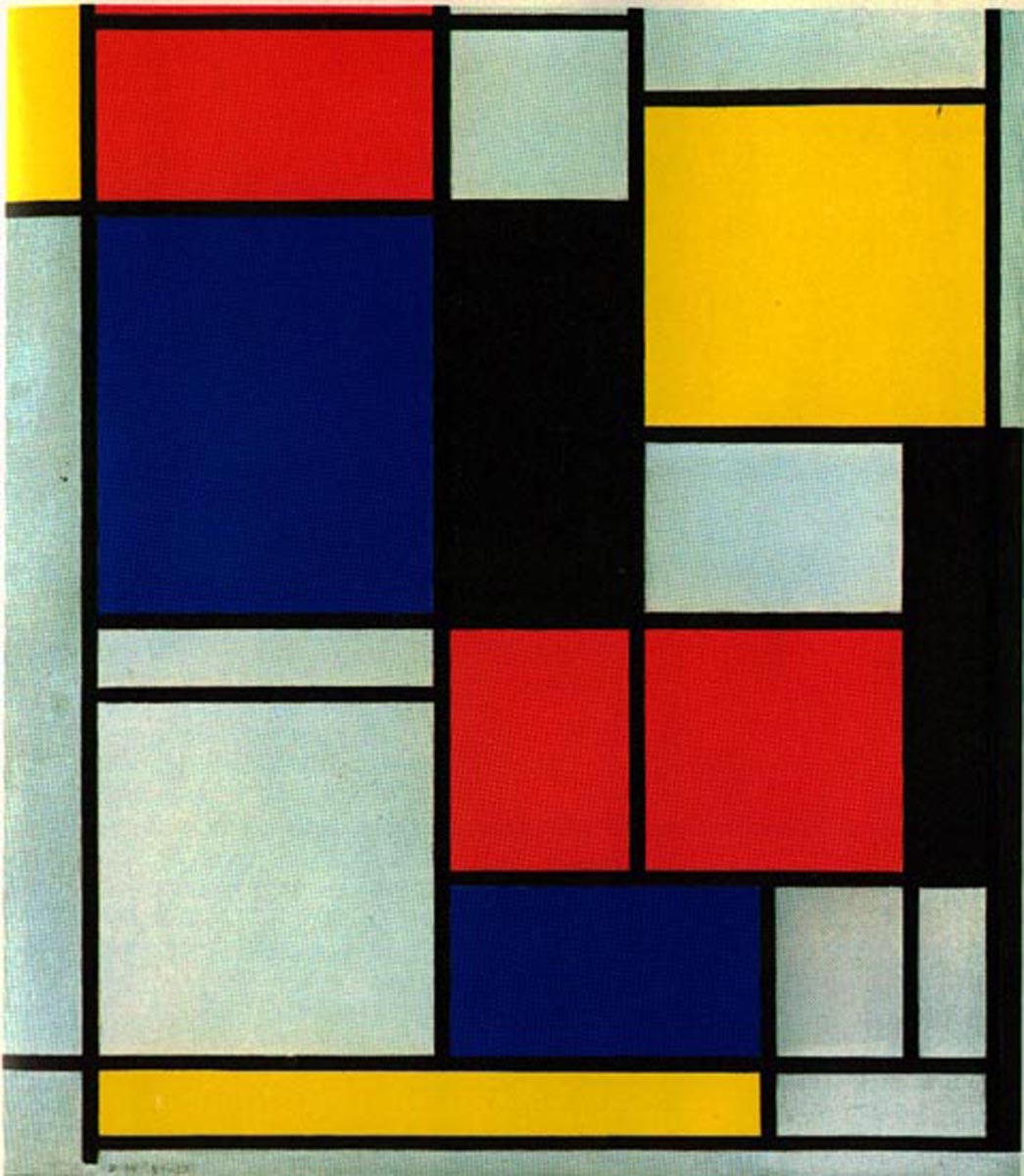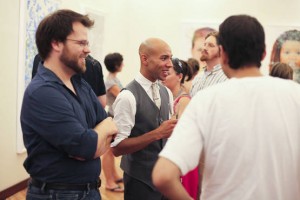Some of the characteristics of this movement are;
-sinuous lines
-whiplash curves
-deep sea illustrations
-feminine figures and curly hair
-controlled lines
-geometric details
-colourful new shapes
Some well-known designers from this era were
-Josef Hoffman
-Henry Van de Velde
-Henry Ford
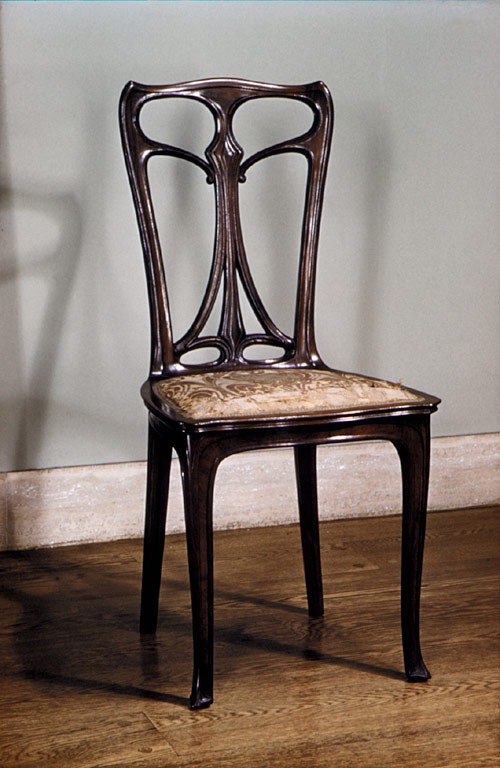 |
| Side chair designed in 1899Materials used for this chair were palissander wood and damask upholstery. |
New materials were combined together to create innovative and eye-pleasing pieces, like wood or metal with glass.
Art Nouveau Jewellery
 |
Art Nouveau silver and hand decorated with enamel. Inspired by the Natural world. Art Nouveau silver brooch with a maiden delicately holding a little crystal bead. Decorated with turquoise blue Champ-levé enamel. |
 |
An antique jewelry box |
A modern art-nouveau inspired jewelry box

Antique Angel-wings inspired earrings

Modern angel-wing SWIRL

"Sitzmaschine" Chair with Adjustable Back was designed in 1905 by one of the most well known designers of Art Nouveau; Josef Hoffmann. It was originally inspired from Philip Webb's Morris chair designed in 1866. The armchair's exposed structure represents machine production, but at the same time, its sequence of grid squares in the rectangular back, the bentwood loops of the armrests and legs and raw knobs on its adjustable back illustrate decorative and structural elements from the Wiener Werkstätte style. This chair was sold in various styles, the majority of them were cushioned on the seat and back rest.

Philip Webb's Morris chair, 1866

Reclining Chair, designed in 1903/04 by Henry Van de Velde for his own Wiemar flat. The elegant, modern look of this chair shows comfort. This was something that was lacking from seating furniture in this period. The back is adjustable by a simple metal rod. This chair was made out of solid beech-wood and cream lacquered, upholstered with patterned fabric.
Cybele Gontar. (2000-2013). art nouveau. Available: http://www.metmuseum.org/toah/hd/artn/hd_artn.htm. Last accessed 29thnovember 2013.
Cybele Gontar. (2000-2013). art nouveau. Available: http://www.metmuseum.org/toah/hd/artn/hd_artn.htm. Last accessed 29thnovember 2013.







